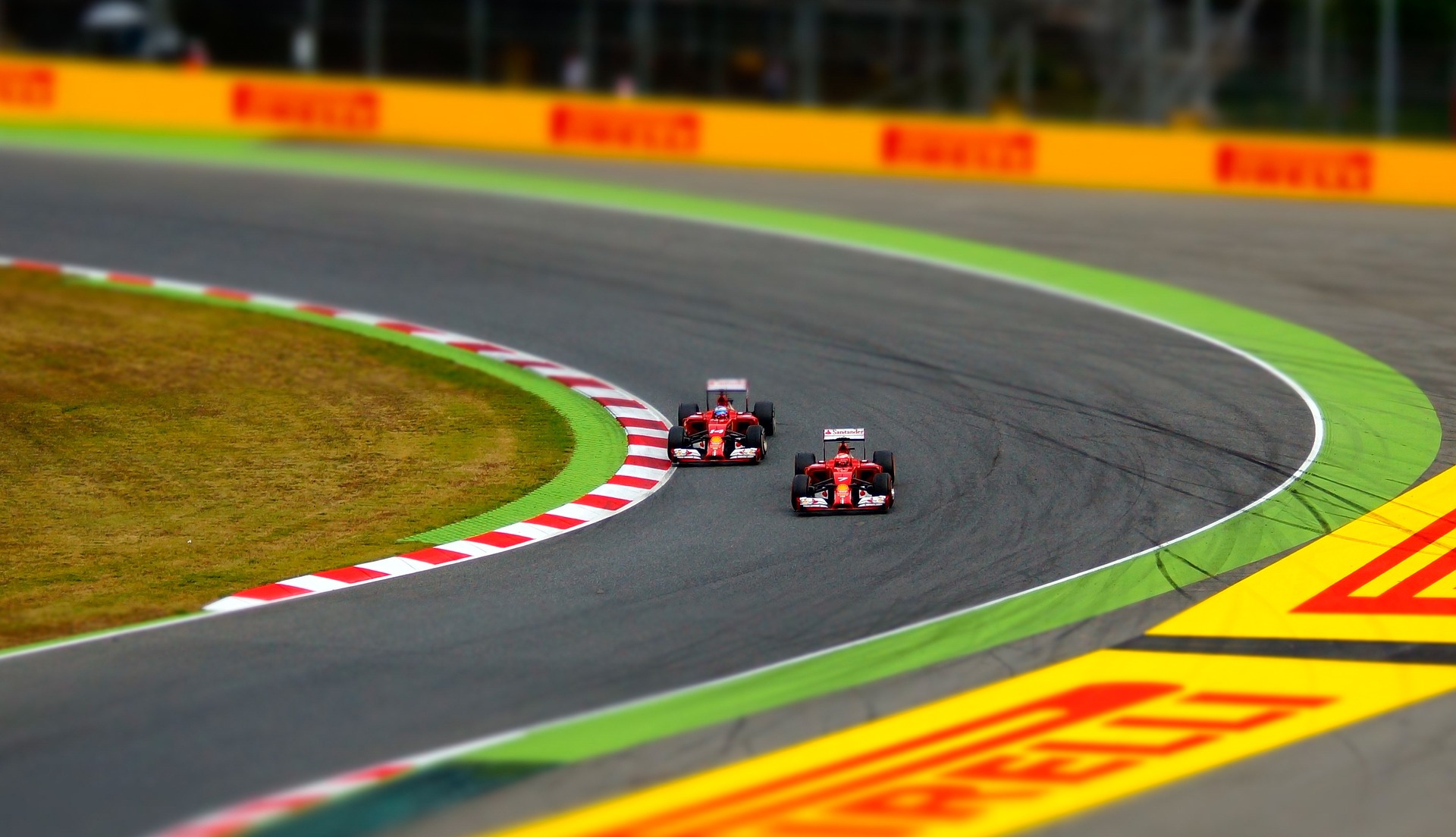Ayrton SENNA was considered both by fans and by many, the best racer of Formula 1.
Unquestionably, though, it is that he was a master of racing in the rain: to accelerate on the wet track in Formula 1, while the rest of people slow, is a matter of courage, and skill.
…When running the car on the wet track, the focus is primarily adhesion: you look for it through the edge or in any other area, you brake and you pay attention to how the tire behaves on wet track …. these are specialists recommendations and skills won by Senna in years of practice.
Tires for wet tracks are recognized by the deep grooves in the tread configuration and channels that help evacuate water from under the tire.
Such channels are found in tires but also for the tires for regular traffic and in technical terms is called Sipes after their creator John SIPE.
In 1923, John Sipe was a worker at the slaughterhouse, exasperated that the rubber shoes always slip on wet slaughterhouse. Using a sharp knife, he made a series of cuts in rubber soles, and discovered that the grooves helped him not to slip.
His patented idea was later taken over by the tire manufacturers, who developed the concept and integrated it in the manufacturing process. Today Siping is made with advanced technology for all types of tires and tire grip is responsible for the road (dry or wet).
Siping is a technology used also by SAEHWA BMI, global manufacturer of tires present in Romania through a modern investment, where aluminum molds needed to manufacture tires are produced.
Siping necessary molds are made using a laser cutting machine, assisted by nitrogen, generated locally by NitroFil®.
The advantage of nitrogen: ensures oxygen free environment, and cutting is “clean”, which is the base for maintaining anti-corrosion properties.
Even if we do not intend to reach Senna’s performance, our safety and comfort in traffic depends on the quality of our Siping.










